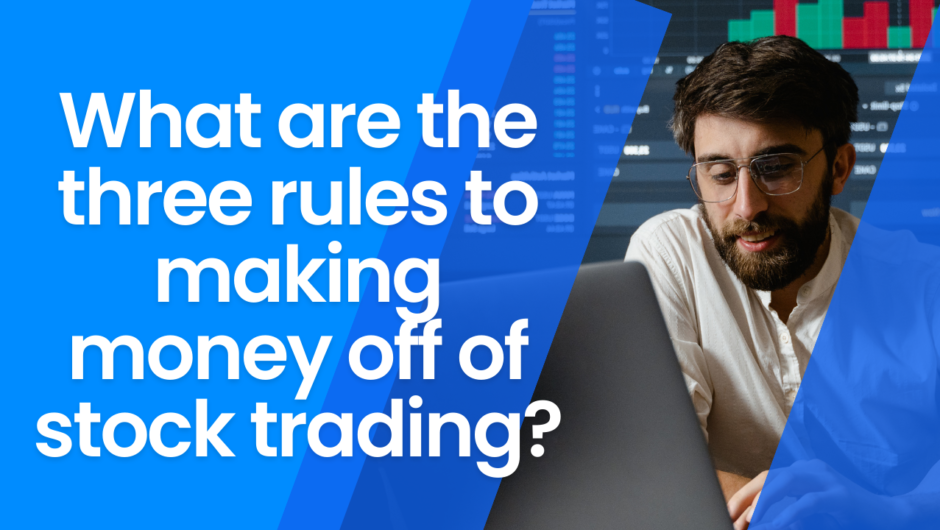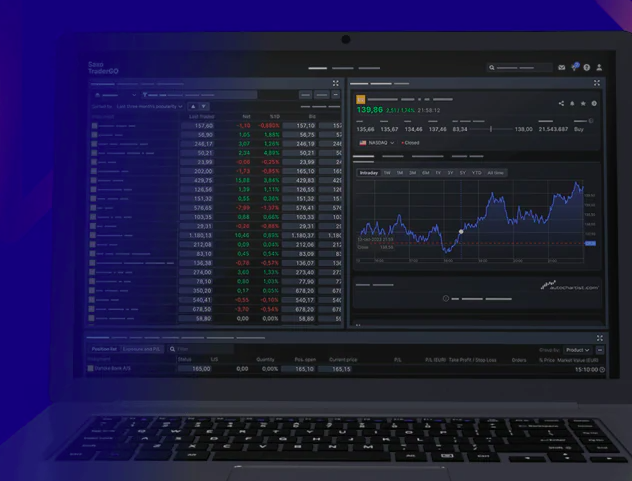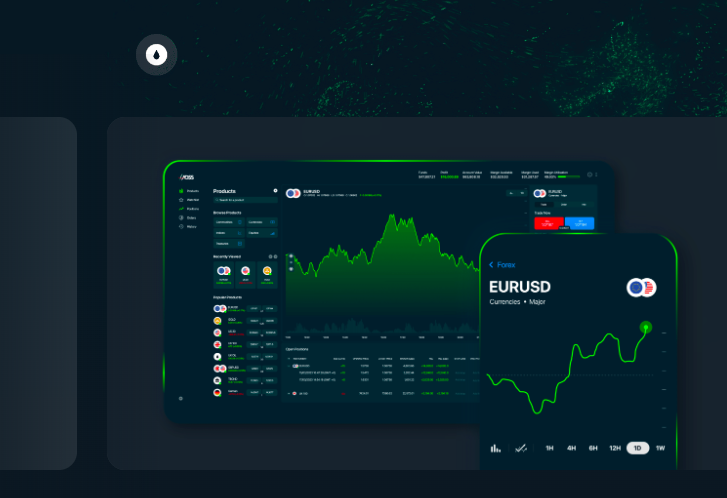New grounds need more effort. Let’s be more clear. You can never walk into unknown territory and claim the land if you don’t know the local dialect. The same applies to the stock market. If you are stepping into this new market, you would have to make sure that you are familiar with all the terms. It makes things much easier when you can simply speak about the share market. Profits can come in, knocking on your door once you get the hang of it.
Here, we are going to be talking about ten terms you should know before you step into trading in the stock market.
But before that, here are some primary details.
10 Terms You Must Know
Here are some stock market terms you could never skip.
1) Bull and Bear
A bull market is defined as a sustained time of market uptrend, whereas a bear market is described as a continuous period of market decline. Most traders and investors favor bull markets because they indicate that stock values are steadily rising. Individual investors and traders are primarily purchasers. Therefore bull markets are more prevalent.
2) Day Trading and Margin Trading
Both are short-term trading strategies. Day trading is a type of margin trading in which you place a small balance and take a leveraged position for 6-7 times your margin. Intraday trades must be closed on the same day, and they do not result in delivery. Margin trades can also be carried forward and incur interest charges.
This is obviously something you need to know even before the Demat account opening.
3) Trade Execution
The actual placement of your trade order on the stock exchange is known as trade execution. You have the option of placing the order offline and having it executed over the phone or placing the order online and having it executed through the Internet. When an order is placed and executed in the stock exchange system, it is referred to as a trade, and the process is referred to as trade execution.
4) Stop Loss
A stop loss is similar to trade insurance. Assume you paid Rs.90 for 100 shares of stock. If your maximum risk tolerance is Rs.1000, your stop loss should be around Rs.80. The position is closed, and the loss is booked at that point. Stop losses are fairly prevalent; in fact, they are required in intraday trading as a safeguard against market instability.
When you buy a stock, your stop loss is lower than the buy price, and when you sell a stock, your stop loss is higher than the selling price. Short-term traders use bracket orders, which include stop losses and profit goals. If one of the commands is executed, the other leg is canceled automatically.
5) Bid and Ask
The exchange essentially creates an order book. A bid is a buy offer, whereas an ask is a sale offer. When you decide to buy, you will pay the best (lowest) asking price. Similarly, you will sell shares at the best (highest) bid price. The trading mechanism at the NSE or BSE handles this automatically. The order book for a stock is formed by the best bid and ask prices.
6) Algorithm Trades
Algorithm trades, also known as algo trading, is the newest craze in town. It entails using algos to place automated orders. These algos are just computer programs that place orders at high speeds if specific conditions are met.
A slice algo is the most basic type of algo, and it assists you in obtaining the greatest average price for buying and selling. Algos account for a major portion of institutional trades and are done at machine speeds that humans cannot fathom.
7) Beta and Alpha
Market returns are referred to as Beta. What is the expected return if you invest in an index fund or buy all of the stocks in the index in the same proportion? The risk you assume in relation to this particular return is referred to as Beta. A stock with a beta of more than one is considered aggressive, whereas a stock with a beta of less than one is considered defensive.
The Beta of the index is one. Alpha is the surplus return earned above and beyond what you desire. It is known as excess returns and is used to assess performance.
8) Spread
There is always a price discrepancy between what a vendor asks for an article and what a buyer is ready to pay for it. There is a discrepancy between the bid and ask prices in the stock market, with the bid often being lower than the asking price. This difference is known as the ask-bid spread or spread, and it is mostly driven by supply and demand.
9) Averaging Down
When an investor averages down, he or she buys more shares when the price of a particular stock falls. This lowers the average purchase price of your particular stock. Some investors employ this method if they believe that the general consensus about a firm is incorrect, and they anticipate that the stock price will rise and they will profit.
10) Expense Ratio
An expense ratio calculates the cost of owning a mutual fund, including expenses such as fund management, overhead fees, and any other costs involved with the fund’s operation. It’s effectively a charge paid to the corporation in exchange for ownership of the fund. The cost ratio is expressed as a percentage of your total investment.
Closing Note
This is just one tiny piece of the whole cake. The stock market has so much to teach, so just remember, it is a never-ending journey here.

Hey, this is Johny Sehgal. I am the owner and caretaker at Finance Jungle. I completed my education in BSC and now heading towards the digital marketing industry. I usually have interests in reading, playing games and watching movies. I also love to write content based on quality information. The main motive of mine is to provide the top and best quality information to my readers. Finance Jungle is the blog for the same.












